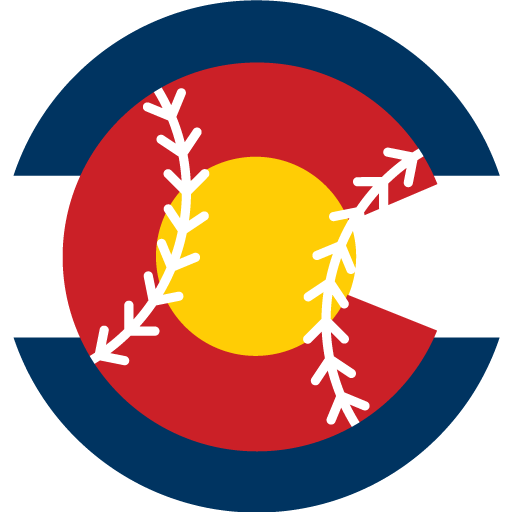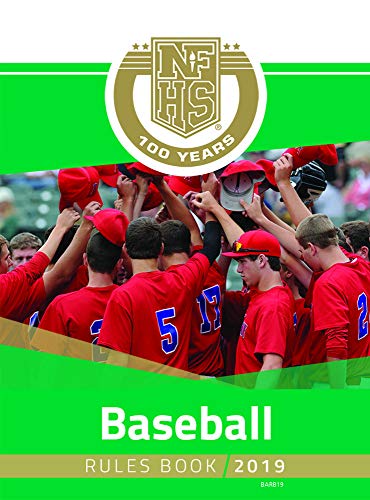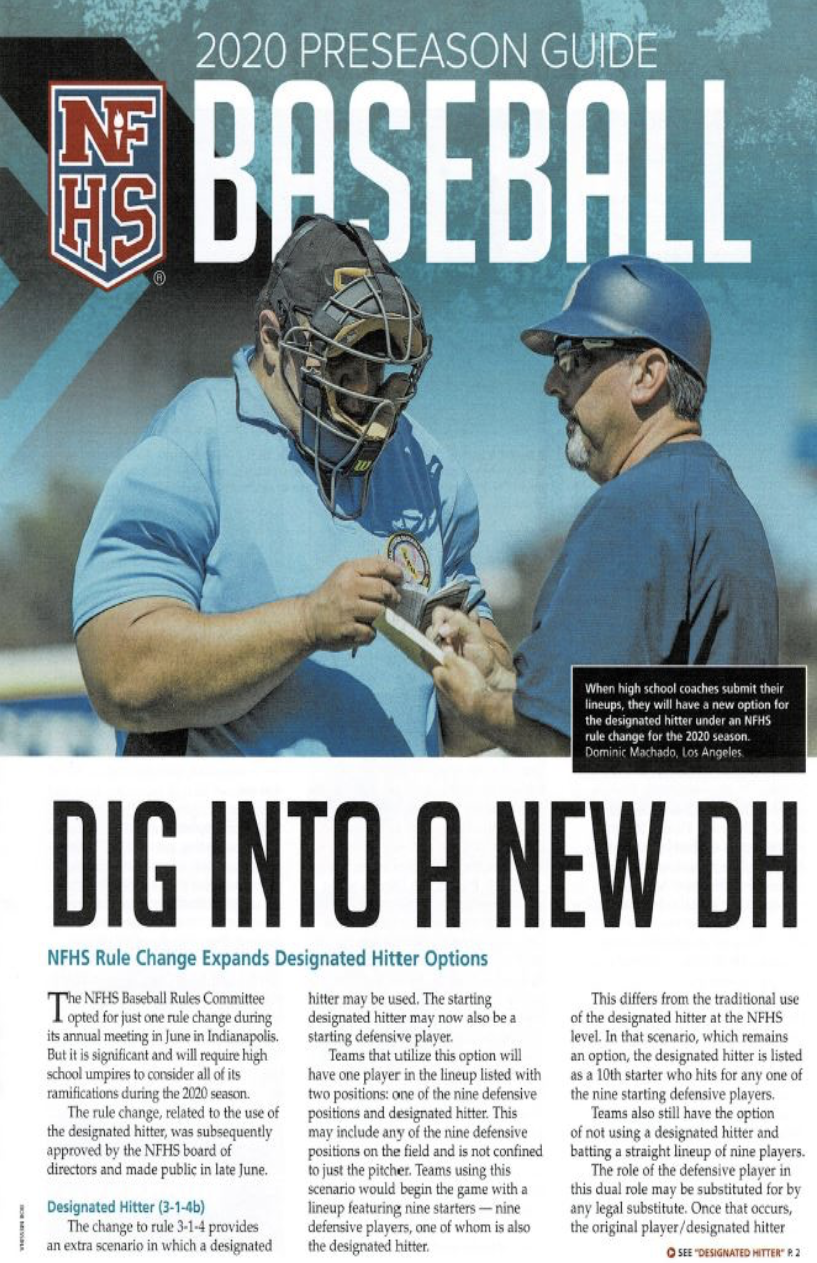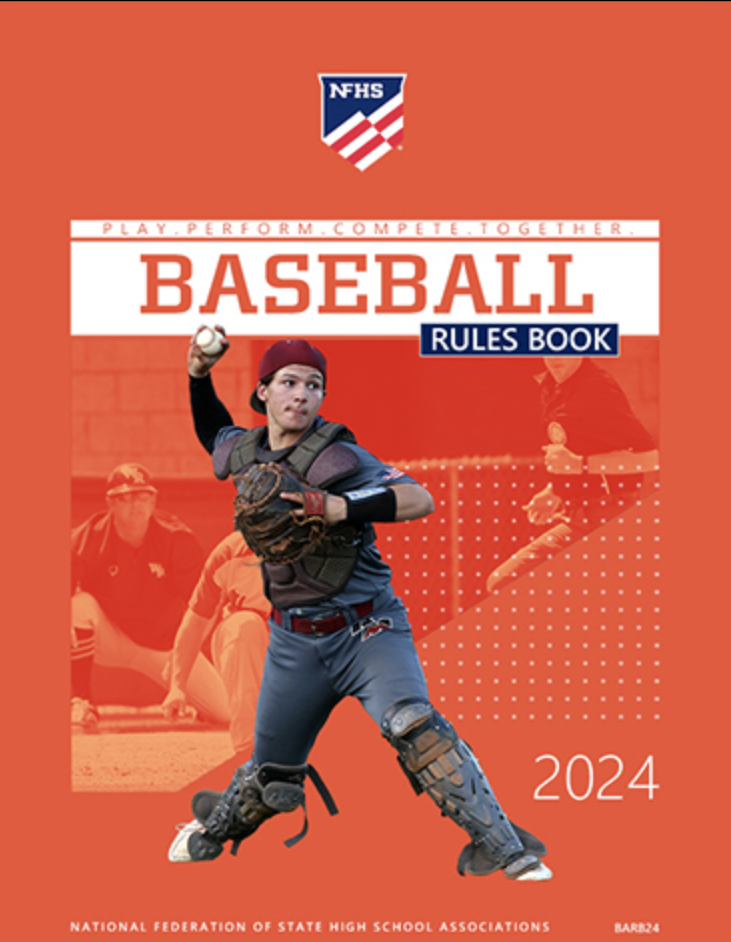We’ve had two very similar incidents involving the force play slide rule, one of which ultimately resulted in an ejection. Part of the lesson here is to be careful about quoting rules to coaches out of context.
In both cases, the runner went into second base standing up. The RB does not directly address that scenario and only talks about the direction of a slide. The complicating factor is the RB states what we all know – the runner does not have to slide.
Going to the base standing up is almost certainly interference. The RB addresses that by saying he is out if he does not slide legally. Said another way, the only absolute excuse for avoiding interference is a legal slide; anything else is suspect.
An illegal slide is interference regardless of whether there is contact or the play altered.
Any other non-slide act is interference if there is contact or the play is altered. It is very difficult to imagine a scenario (other than the fielder dropping the ball) where an upright runner goes directly into the base and does not alter the play. Most fielders will not the throw the ball if the ball or their arm might hit the runner. It is the runner’s responsibility to avoid the play.
Telling a coach an upright runner who did not veer away didn’t interfere because “he doesn’t have to slide” does not work.
Also, please note if it is a very hard hit ball and R1 is about halfway between the bases at the time of the relay, there is very little the runner can do to get out of the way. In those cases, the fielder has the time and the flexibility to avoid the runner with his throw. There is no interference unless the runner intentionally gets in the way.
From: George Demetriou 4/10/19




